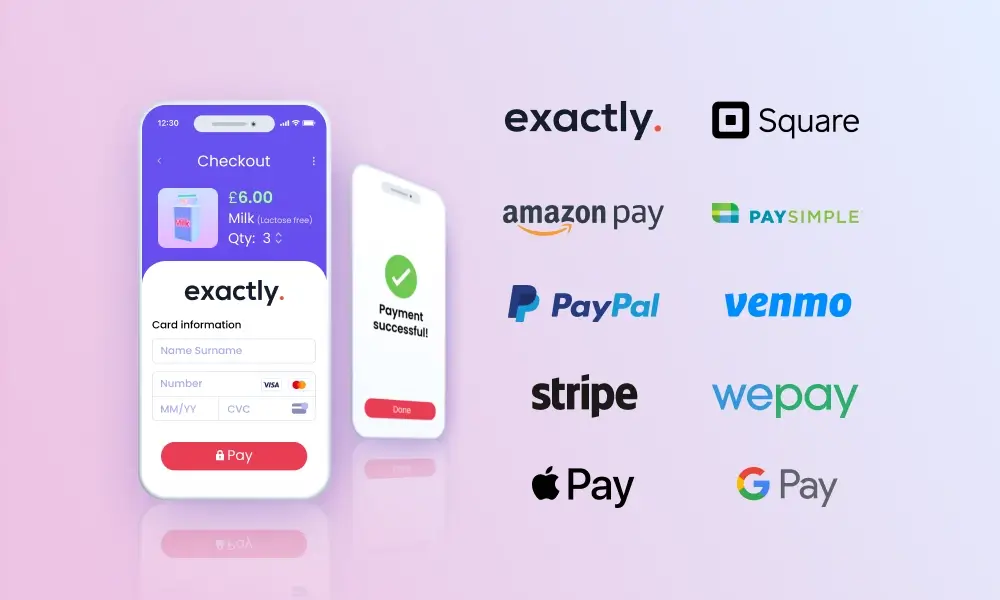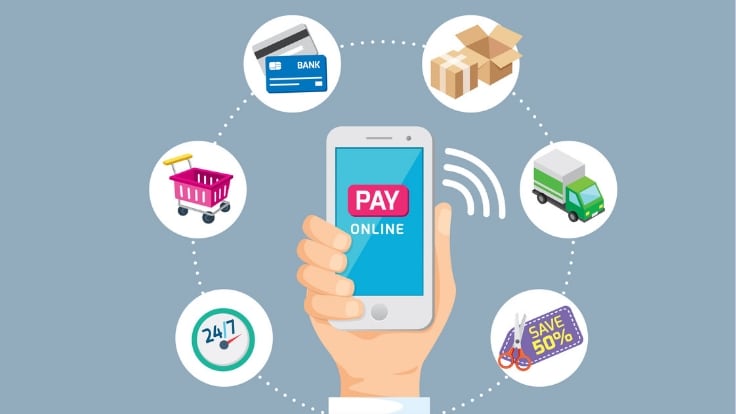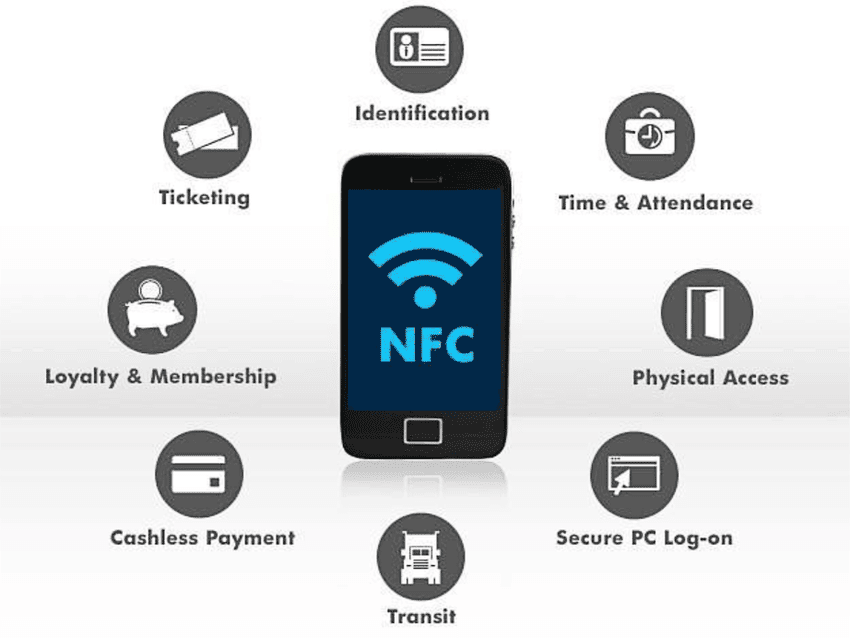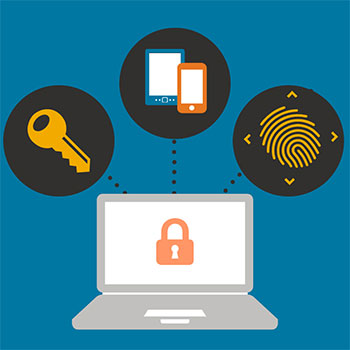Challenges of mobile payment platforms keep lots of us awake at night. You tap your phone, and whoosh, your money’s gone where it needs to. But is it that simple, and more importantly, is it safe? We swipe and type away our info, but we often forget that bad guys are getting smarter too. They design traps we can walk right into if we’re not careful. My job? To make sure you don’t fall into those traps. Let’s dive into the tough stuff – the risks, the laws we need to follow, and those pesky bugs that try to steal our data. I’ve got the frontline tactics and know-how that you need to stay ahead and keep your money safe.
Understanding the Risks: Security Concerns in Mobile Payments
Addressing Mobile Payment Fraud and Data Breaches
Let’s dive into an issue many of us worry about. How safe are mobile payments? To put it plainly, not always safe enough. Security experts like me often find weaknesses. These can let fraudsters steal your money. They might use fake apps or trick you into giving your details. This is called “phishing.” Data breaches also happen, where hackers steal lots of data at once. Sometimes they even get into the systems of big companies.
So, what do we do? We work hard to spot these flaws early. We need to make sure your digital wallet is a fortress. This means using tough security that checks who you are. It also means watching for strange activity that might show a thief is trying to get in. Think of it like having a good lock and an alert dog. They work together to keep out unwanted guests.
Encryption helps scramble your payment info. So, even if a fraudster grabs your data, it’s like a puzzle they can’t solve. But there’s a catch. This puzzle needs to stay tough, even as thieves get smarter. It’s a constant battle and one I tackle every day to keep you safe.
Compliance and Regulatory Hurdles in Mobile Payment Ecosystem
Compliance sounds dull, right? But it’s like the rules of a sport. It keeps the game fair and safe. In mobile payments, the big rule book is called PCI DSS. It has guidelines every company must follow. These rules help protect your money and info. But, sticking to them can be tricky. New laws come up, especially when you’re dealing with money from other countries. This means more hoops for companies to jump through.
When a company doesn’t follow the rules, they might get fined. Worse, your data could be at risk. So, we take these hurdles seriously. My job is to help companies stay in line. Sometimes we need to shift how we do things, which can be hard. But, it means your mobile payments stay safe, no matter where you or your money go.
That’s the scoop on two big safety issues in mobile payments: scams and rules. I’ll be back to talk about how we balance keeping things safe and easy to use. Plus, I’ll tell you how we fight the sneakiest cyber tricks. Stay tuned to learn how to keep your mobile money secure!
Navigating User Experience and Security Measures
Balancing User Authentication with Seamless Transactions
In the mobile pay world, keeping things easy and safe is tricky. How do you balance user authentication requirements with the need for quick and smooth transactions? The key is to make sure customers are who they say they are, without slowing them down.
Take text messages, for example. We often get codes to prove it’s us. It’s secure, yes. But waiting can be a bore. Or think of fingerprint scans. They’re fast but not all folks have phones that can do it. We must find a middle ground.
Face scans can help. They’re quick and secure. Yet, not everyone likes this method. It can feel too personal. Safety matters, though. And so does keeping users happy. We’ll keep hunting for ways to make both work together.
The Impact of Encryption and Tokenization on Usability
Now, let’s chat about encryption and tokenization. These tech words can sound scary, but stay with me here. They are about keeping your card details safe when you pay with your phone. Encryption scrambles your data so only the right person can read it.
Tokenization switches your card number with a random set of numbers. This means even if a bad guy gets this number, it’s useless to them. Sounds great, right? But here’s the catch: If it takes too long or feels complex, users might just give up.
Still, without these, your money and card could be easy to steal. I’ve got to tell you, balancing these two is no small job. Yet, we’re getting there. More shops now accept these kinds of payments, and phones are getting smarter too.
Making sure payments are both safe and easy is key. And as experts, it’s our job to tackle this every day. We want you to be able to buy your coffee, share a meal, or shop online without any hitches or hiccups. It should feel so smooth, you hardly think about what’s happening behind the scenes.
Just know that a lot of work goes into that tap, scan, or click you do. Next time you pay with your phone, think about the magic that makes it all happen. It’s quite cool when you do. And hey, if you’ve got ideas or questions, let’s hear them. After all, we’re in this journey together.
The Technical Front: Defense Against Advanced Cybersecurity Threats
Combatting Sophisticated Mobile Malware and Phishing Threats
Folks, our phones are like tiny banks in our pockets. They’re handy, right? We tap to pay, click to buy, but this ease can be a gold mine for sneaky hackers. Let’s dig into these mobile payment security concerns.
Top worry? Mobile malware. Think of it as a flu, but for your phone. When it hits, it can sniff out your card details, passwords, even take over your phone. Now, how do we fight this? Antivirus software on phones helps a lot. It’s like a flu shot for your mobile. Also, update your phone and apps whenever you can. These updates are like booster shots to keep your phone’s defenses strong.
Phishing is another big scare. That’s when you get a fake message that looks real, asking for your details. Always be sure who’s asking. If it seems fishy, it’s probably phishing. Education is key. If we all know what a phishing scam looks like, we can avoid it.
Let me tell you, a lot of this boils down to being smart about what we download and the emails or messages we trust. Just think before you tap.
Ensuring the Safety of NFC and Contactless Payments
Now, let’s chat about paying without touching: NFC and contactless payments. So cool and quick, but they come with their own set of challenges. The main issue? Contactless payment vulnerabilities. If a thief gets close enough, they might steal your payment info with a sneaky device. It’s called eavesdropping, and it’s real sneaky.
We can boost safety with encryption; like secret codes for your payment data. It scrambles the info so that bad guys can’t read it. Pretty clever, huh? Also, tokenization, that’s when your card number gets swapped for a random set of numbers for each transaction. Even if someone grabs that info, it’s useless the next minute.
Another big thing is consumer trust. It’s our job to make sure folks feel safe tapping to pay. This comes down to better tech but also telling users how it all works and showing them the ropes.
So, what have we learned? Our phones are super handy for paying, but they attract criminals too. Fight back with antivirus software and updates for your phone. Don’t fall for phishing, and if you’re using NFC, make sure it’s locked down with encryption and tokenization. It’s all about staying one step ahead and keeping our digital wallets as safe as our leather ones.
Building Trust and Educating Users in Mobile Payment Solutions
Strengthening Consumer Trust Through User Privacy Protection
When you pay with your phone, you want to know your info stays safe. I get that. So, let’s talk about keeping your financial data locked tight. It’s all about privacy. See, every time you tap to pay, your details could end up in the wrong hands. But fear not! Protecting user privacy is not just a nice-to-have; it’s a must. And here’s the kicker: encryption is the hero we’re banking on. This tech scrambles your payment details so that only the right folks can read them.
So, why bother with encryption? Well, if someone sneaky tries to grab your data during a transaction, encryption jumbles it up. It’s like handing them a puzzle without the picture box – good luck to them! And that’s just the start. We’ve also got this thing called tokenization. Imagine your credit card number is a secret code. Tokenization switches that code each time you pay. It’s like using a burner phone – once you’re done, that number’s out. No repeats, no trails, no problem.
But let’s keep it real. Even with these shields up, we can’t just sit back. That’s why constant updates to security features are key. Yeah, it can be a drag getting all those update prompts, but they’re like fresh ammo against cyber baddies. Staying up-to-date means staying out of trouble.
The Role of Multi-Factor Authentication and User Education in Fraud Prevention
Now let’s tackle another beast – fraud. I’m talking about those times when someone tries to act like you and spend your cash. Not cool. This is where multi-factor authentication, or MFA for short, steps in. It’s like asking for a secret handshake before getting into a club. MFA checks who you are in different ways. Maybe it’s a code on your phone, a fingerprint, or even your voice. So, if a crook tries to masquerade as you, they’re gonna have a hard time.
But is MFA a hassle? Sure, it might take a few extra seconds to log in, but those seconds save you major headaches down the road. It’s like wearing a helmet when you bike. Better safe than sorry, right?
The trick to fighting fraud isn’t just fancy tech though. It’s about knowing the dangers. This is where you come in. Get smart about mobile payment security concerns. Learn the signs of a scam. If something feels off, listen to that gut feeling. That popup asking for your details? Think twice. That weird email? Check it out before you click.
Because in the end, knowing the game is half the win. Companies can build the strongest forts, but if you don’t know how to lock the gate, it won’t matter. Stay sharp, stay safe, and let’s make mobile payments the rock stars of the financial world.
In this post, we dug into the key security challenges of mobile payments. We covered the dangers of fraud and breaches, and the tough rules mobile payments must follow. Next, we looked at how to make paying easy yet safe for users, focusing on the balance between quick access and protecting data. We touched on the high-tech battle against savvy hackers and how to keep tap payments safe.
Lastly, we talked about winning users’ trust. With better privacy and teaching users about safe payments, we can fight fraud together. Mobile payments are handy but come with risks. By staying aware and using smart security, we can all pay with peace of mind. Keep these tips in mind, and you’ll help make mobile payments safer for everyone.
Q&A :
Certainly! Below are 3-5 FAQ entries related to the challenges of mobile payment platforms, optimized for SEO:
What are common security concerns with mobile payment platforms?
Mobile payment platforms, while convenient, can be susceptible to various security issues. Concerns include the risk of hacking and data breaches, the potential for unauthorized transactions if a device is lost or stolen, and the threat of malware or viruses targeting mobile payment apps. Ensuring robust encryption, employing multi-factor authentication, and maintaining up-to-date software are essential strategies for mitigating these risks.
How does user experience affect mobile payment adoption?
User experience (UX) plays a critical role in the adoption of mobile payment platforms. If the payment process is complicated, slow, or unreliable, users may hesitate to adopt the technology. To overcome this challenge, mobile payment providers must focus on creating intuitive interfaces, ensuring quick transaction processing, and providing seamless integration with existing financial infrastructure.
What are the obstacles for mobile payment platforms in terms of interoperability?
Interoperability refers to the ability of mobile payment platforms to work across different systems and devices. A major obstacle is the lack of standardization across banks, retailers, and payment service providers, which can limit the use and acceptance of mobile payments. Establishing common protocols and encouraging widespread adoption can help overcome these interoperability challenges.
How do regulatory challenges impact mobile payment platforms?
Mobile payment platforms must navigate a complex landscape of financial regulations that can vary significantly by region. Compliance with anti-money laundering laws, know-your-customer (KYC) requirements, and consumer protection regulations can pose significant challenges and can impact the speed at which new features and services are rolled out.
Can mobile payment platforms effectively address the digital divide?
The digital divide refers to the gap between those who have easy access to the internet and technology and those who do not. Mobile payment platforms may inadvertently exacerbate this divide by leaving behind individuals who lack access to smartphones or reliable internet connectivity. Addressing this issue involves expanding digital infrastructure, increasing smartphone penetration, and offering alternative payment methods to ensure inclusivity.



